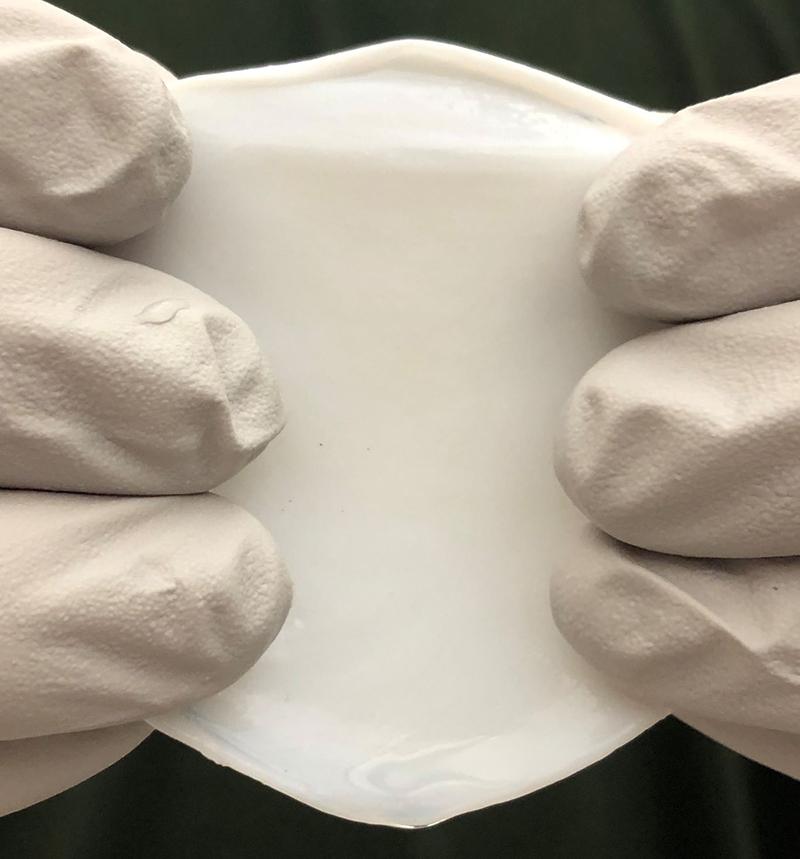Giving people with vocal injuries a voice
A tissue-engineered implant could aid larynx reconstruction following operations to repair vocal injuries.

The technology, developed by a team of researchers from Purdue University, USA, uses custom-made collagen replacements to support cellularisation, vascularisation and new tissue formation (regenerative healing), without evoking inflammation or foreign-body responses.
They are deploying a polymerisable type I collagen protein solution and muscle progenitor cells that express motor endplates.
Professor Sherry Harbin, of Purdue’s School of Biomedical Engineering, says, ‘There are very few options for laryngeal reconstruction and no options for restoration of laryngeal appearance, structure and function. While surgeons occasionally use local or free tissue transfers to repair laryngeal defects, these...just ‘plug holes’ or close the defects without really restoring function because the transferred tissues are not dynamic (do not move or contract). They also tend to lose bulk and scar over time.
‘For a dynamic organ like the larynx, reconstruction approaches need to provide the appropriate structural support and restore dynamic function including motion.’
She continues, ‘The main findings of the research are that we can custom-make implantable collagen materials of different formats and mechanical properties that support reconstruction and restoration of the larynx or voicebox. The larynx is a very complex human organ consisting of outer cartilage for structural support, inner muscle which contracts to permit voicing, swallowing and breathing, and inner vibratory lining (mucosa). The muscle component also contained specialised autologous muscle progenitor cells to foster innervation and restoration of functional muscle contraction.
‘We have captured the inherent self-assembly (polymerisation) capacity of collagen and applied it to bring versatility to implantable collagen material design and fabrication. The specifically-designed...materials allow restoration of tissue continuity and consistency and support an uncommon regenerative healing response, thereby avoiding classic inflammation, fibrosis and scar formation.’
After implantation, the motor endplates send signals to nearby nerves to tell them to come and innervate the muscle, thereby supporting muscle survival and function, and resulting in dynamic, contractile muscle.
The technology has been tested by performing hemilaryngectomy (a surgical procedure that removes part of the front of the larynx) and reconstruction procedures. Moving forward, further preclinical testing will validate safety and efficacy, performance of the necessary bench, and non-clinical and clinical testing to gain regulatory approval.
Harbin explains, ‘Our focus to date has been on laryngeal reconstruction, and we have been able to remove up to ½ of a larynx and achieve excellent restoration of function with evidence of regenerative healing in a…preclinical model. We hope to be able to use the approach in human patients within the decade, such that those patients with laryngeal cancer or traumatic injuries will have better options for laryngeal reconstruction.’
If successful, she believes this technology has the potential to provide new off-the-shelf tissue restoration and regeneration options for surgeons and patients.
She concludes, ‘In the future, this technology may be applied to support custom fabrication of materials to address patient-specific tissue restoration needs, bringing personalised regenerative medicine to clinical reality.’







